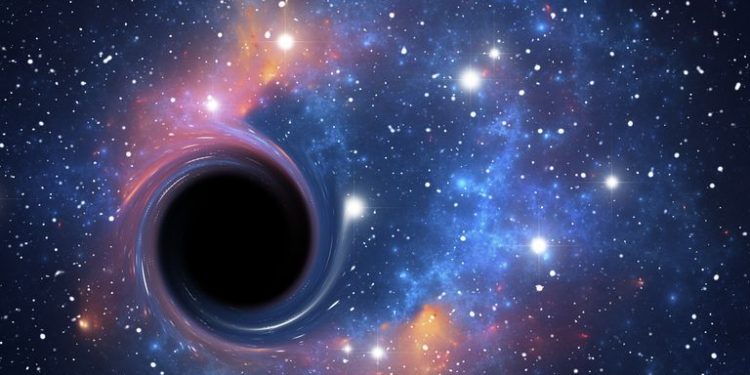Washington: Astronomers have discovered some of the smallest galaxies known to host massive black holes, findings which may reveal how such regions of space exhibiting ultrahigh gravitational force — that even light cannot escape from — formed in the early universe.
The study, published in the Astrophysical Journal, found 13 massive black holes, about 4,00,000 times as heavy as the Sun, in dwarf galaxies which are more than 100 times smaller than our own Milky Way.
According to the researchers, including those from Montana State University in the US, these galaxies are situated so far away that light from the Earth would take less than a billion years to reach them.
“We hope that studying them and their galaxies will give us insights into how similar black holes in the early universe formed and then grew, through galactic mergers over billions of years, producing the supermassive black holes we see in larger galaxies today, with masses of many millions or billions of times that of the Sun,” said study co-author Amy Reines of Montana State University.
The scientists used the Very Large Array (VLA), a radio astronomy observatory located in central New Mexico in the US, to make the discovery.
Previously in 2011, Reines and her colleagues used VLA to discover the first massive black hole in a dwarf starburst galaxy in 2011.
Following this finding, the scientists started by choosing a sample of galaxies from the NASA-Sloan Atlas — a catalog of galaxies made with visible-light telescopes.
They selected galaxies with stars totalling less than 3 billion times the mass of the Sun.
From this pool of galaxies, they picked ones which appeared in the National Radio Astronomy Observatory’s Faint Images of the Radio Sky at Twenty centimeters (FIRST) survey — an astronomical survey of the skies above the Earth’s Northern Hemisphere made using the VLA between 1993 and 2011.
The scientists then made more sensitive, high-resolution images of 111 of the selected galaxies.
“The new VLA observations revealed that 13 of these galaxies have strong evidence for a massive black hole that is actively consuming surrounding material. We were very surprised to find that, in roughly half of those 13 galaxies, the black hole is not at the center of the galaxy, unlike the case in larger galaxies,” Reines said.
Based on the findings, the astronomers suggested that the galaxies may have merged with others earlier in their history.
They found this inference to be consistent with computer simulations predicting that roughly half of the massive black holes in dwarf galaxies were found wandering in the outskirts of their galaxies.
“This work has taught us that we must broaden our searches for massive black holes in dwarf galaxies beyond their centers to get a more complete understanding of the population and learn what mechanisms helped form the first massive black holes in the early universe,” Reines said.
PTI







































